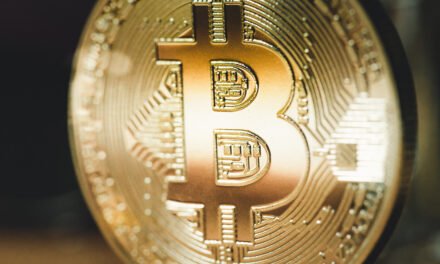What Are Stable Coins?
Digital currencies like Bitcoin and Ethereum have gained popularity in recent years but their volatility can be a concern for investors seeking stability. Stablecoins offer an alternative by providing predictability through pegging to underlying assets such as gold or fiat currency. This feature makes them ideal choices when it comes to peer-to-peer transactions, remittances, and trading across borders. With the ability to provide stable value without compromising on innovation – stablecoins are set to become increasingly important players within cryptocurrency markets worldwide.
Stablecoins in Cryptocurrency Markets – What You Need to Know
Stablecoins have become an essential component of the cryptocurrency market due to their ability in reducing risks associated with price fluctuations. They act as a bridge between traditional finance and crypto assets by providing individuals with access into this new world without having to deal with unpredictability. Furthermore stablecoin usage extends beyond just payments or settlements; they are also used for various financial applications where trustworthiness is crucial.
The Uses of Stablecoins and Their World
The stablecoin market has seen significant growth in recent years with various types of coins being introduced. Some popular examples include Tether (USDT) which is backed by US dollars; TrueUSD (TUSD) and Paxos Standard Token (PAX), both supported by Fiat money; as well as MakerDAOs Dai (DAI) that uses smart contracts for stability maintenance. These digital assets have different use cases depending on the specific coin type but common applications range from cross border payments to trade financing and collateralized lending among others. With so many options available it’s important for investors to carefully consider their choices before making any decisions about which ones are best suited for them based on individual needs and preferences.
Understanding Stablecoins and Their Mechanisms of Stabilization
Stablecoins come in various forms with varying mechanisms for stabilization. For instance Tether claims to hold enough US dollars as reserves against every token issued while others rely on algorithms that adjust supply based on demand fluctuations. Furthermore some stablecoin projects operate independently without any central authority’s intervention (decentralized) whereas others are subjected under government oversight and regulation by lawmakers.
The rewritten text should be between 66-198 words long: The world of cryptocurrencies is constantly evolving, and one area where we see this most clearly is through the development of different types of stablecoins. These coins have unique ways of ensuring stability – from holding large amounts of fiat currency like Tethers claim or using sophisticated algorithms that adjust supply levels according to market trends like other projects do. Additionally there exists decentralized options which function autonomously outside of any governing body control along with fully regulated ones overseen by governments around the globe. With so many choices available its important for investors to understand how each type works before making an informed decision about what they want out of their crypto portfolio.
Conclusion:
Stablecoins have gained popularity due to their advantages such as reduced volatility and increased liquidity. However, they also come with risks that investors should be aware of before making any decisions about whether or not to include them in their portfolios. One major concern is the possibility of fraudulent activities if issuers fail to disclose sufficient information regarding how they operate. Additionally regulatory uncertainty remains a challenge for governments worldwide who are still trying to figure out how best classify these new cryptocurrencies while ensuring compliance with existing laws. Despite all this though stablecoins remain an attractive option for those looking to diversify their holdings without exposing themselves too much risk.






